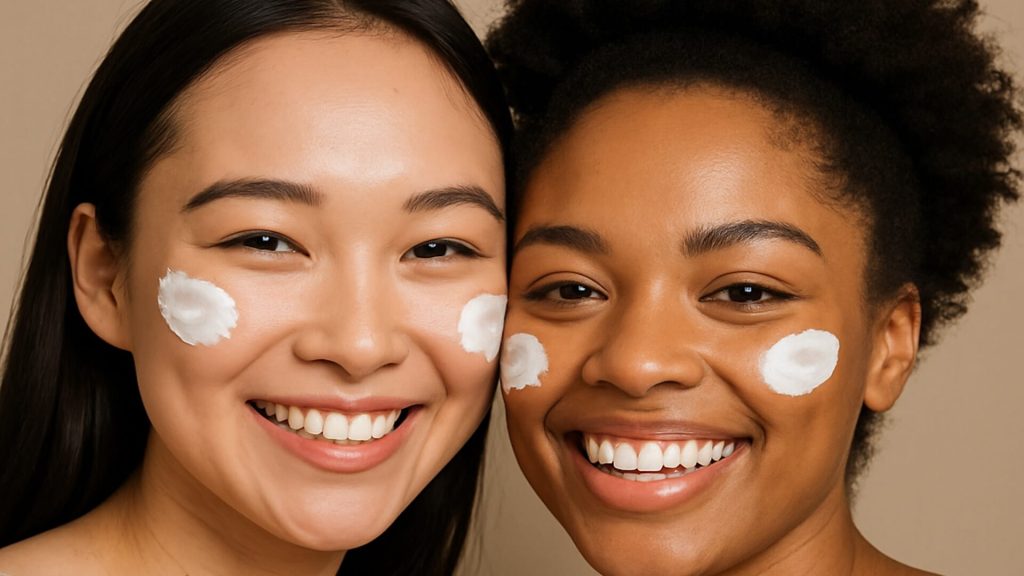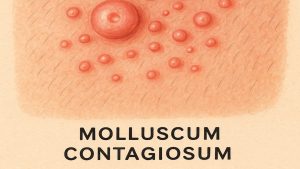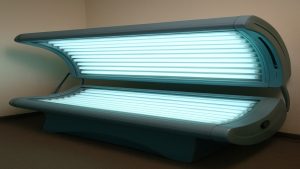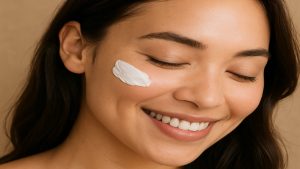- Retinoids are potent vitamin A treatments for acne
- Retinol is gentler, ideal for sensitive skin
- Prescription retinoids act faster with higher potency
- Retinol converts slowly to retinoic acid
- Choose retinoids for speed, retinol for tolerance
The terms retinoid and retinol often appear in skincare discussions, especially for acne and signs of ageing. Both derive from vitamin A but differ in strength, conversion, and accessibility. Understanding these differences helps you choose the right option for your goals.
This article explains how retinoids and retinol work, compares their results, and helps you identify which is best for your skin type.

What Are Retinoids & Retinols
Retinoids: The Umbrella Term
Retinoids include all vitamin A derivatives that promote skin renewal and collagen production. They are effective for acne, fine lines, and pigmentation by accelerating cell turnover and unclogging pores [1,6].
NHS and NICE guidelines support prescription retinoids such as tretinoin for acne treatment, with noticeable lesion reduction after around 12 weeks [2,5]. Due to their potency, dryness or irritation can occur, so professional supervision is recommended.
Retinol: A Gentle Introduction
Retinol is a milder, over-the-counter form of vitamin A suitable for sensitive or dry skin. It gradually improves tone and texture by converting into retinoic acid within the skin, which activates more slowly but with less irritation.
Studies show consistent retinol use thickens the epidermis and brightens the complexion, improving clarity and resilience over time [3]. It is ideal for first-time users or those seeking steady, visible results.
Key Differences: Retinol Vs Retinoid
Retinoids and retinol share similar functions but differ in potency, activation, and how quickly results appear.
| Feature | Retinoid | Retinol |
|---|---|---|
| Strength & Effectiveness | Highly potent; faster results; higher irritation risk | Milder; slower results; lower irritation risk |
| Availability | Prescription only; requires clinical oversight | Over-the-counter; widely accessible |
| Conversion Process | Directly active; no conversion needed | Converts to retinoic acid before acting |
| Ideal For | Acne, photoaging, pigmentation | Beginners, sensitive skin, mild ageing |
Table 1: Retinoids act faster, while retinol offers gentler long-term improvements
Strength & Effectiveness
Prescription retinoids work faster because they act directly on the skin. A JAMA study found tretinoin visibly reduces fine lines and pigmentation within 3 to 6 months [4]. Retinol produces similar benefits more gradually with less irritation.
Conversion Process
Retinol converts into retinoic acid through two metabolic steps, lowering potency but improving tolerance [6]. This makes it suitable for gradual adaptation without overwhelming the skin barrier.
Granactive Retinoid Vs Retinol
Granactive Retinoid is a newer, stabilised retinoid complex designed to bridge the gap between strength and gentleness. It provides similar results to retinol with reduced risk of irritation. Clinical evidence suggests improved texture, tone, and comfort [7].
| Type | Effectiveness | Tolerance | Notes |
|---|---|---|---|
| Retinoid | Fast-acting, high potency | Moderate irritation | Prescription strength for acne or ageing |
| Retinol | Moderate effectiveness | Excellent tolerance | Best for first-time users |
| Granactive Retinoid | Balanced results | Low irritation | Promising option for sensitive skin |
Table 2: Granactive retinoid balances clinical efficacy and skin comfort
Choosing Skincare Products For Your Needs
The right vitamin A derivative depends on your goals, skin type, and tolerance.
- For acne or pigmentation: Prescription retinoids such as tretinoin are most effective under supervision.
- For sensitive or dry skin: Retinol or granactive retinoid are ideal starting points.
- For preventative ageing: Mild, over-the-counter retinol supports long-term renewal.
How To Use Retinoids & Retinols
Proper application helps maximise benefits and minimise irritation.
- Start slowly, applying once or twice weekly, increasing as tolerated
- Use at night only, as retinoids increase UV sensitivity
- Hydrate daily with a nourishing moisturiser
- Always apply broad-spectrum SPF in the morning
| Step | Purpose |
|---|---|
| Cleanse | Removes oil and dirt before application |
| Apply Retinoid/Retinol | Use a pea-sized amount at night |
| Moisturise | Hydrates and reduces dryness |
| Sunscreen (AM) | Protects from UV-induced sensitivity |
Table 3: Consistent skincare routine improves tolerance and effectiveness
Potential Side Effects
Mild irritation, redness, or peeling may occur during early use [6]. These symptoms usually resolve as the skin adapts.
| Side Effect | Frequency | Management Tip |
|---|---|---|
| Redness or Peeling | Common | Reduce frequency, use moisturiser |
| Dryness | Common | Apply hydrating serum or barrier cream |
| Sensitivity | Occasional | Use sunscreen and avoid exfoliants |
Table 4: Most side effects are temporary and manageable with proper care
Consult a prescriber if irritation persists. Retinoids are not recommended during pregnancy or breastfeeding.
Monderma’s Personalised Retinoid Skincare
Monderma provides prescription-strength skincare tailored to individual skin needs, using evidence-based ingredients such as tretinoin, adapalene, azelaic acid, and niacinamide.
These formulas are designed to target acne, fine lines, and pigmentation under the care of GPhC-registered professionals. Each treatment is adjusted for safety and efficacy, ensuring balanced, long-term results.
Conclusion
The main difference between retinoids and retinol lies in potency, speed, and tolerance. Retinoids deliver faster, prescription-level results for acne and ageing, while retinol offers a milder approach ideal for sensitive or beginner skin. Both play important roles in skin renewal and long-term radiance. Professional advice ensures the right balance between efficacy and comfort.
Explore your ideal vitamin A treatment through a free online Monderma consultation and discover how tailored prescription skincare can help you achieve clearer, brighter, and smoother skin.
Content is for informational purposes only. Monderma treatments are prescribed following consultation. Results and timeframes can vary. Use as directed by your prescriber.
Bibliography
- Kligman, A. M., Grove, G. L., Hirose, R., & Leyden, J. J. Topical tretinoin for photoaged skin. J Am Acad Dermatol. 1986.
- NHS. Acne – Treatment.
- Kang, S., et al. Application of retinol to human skin in vivo. J Invest Dermatol. 1995.
- Weiss, J. S., et al. Topical tretinoin improves photoaged skin. JAMA. 1988.
- NICE. Acne vulgaris: Management. NG198. 2021.
- Mukherjee, S., et al. Retinoids in the treatment of skin aging. Clin Interv Aging. 2006.
- The Ordinary. Granactive Retinoid 2% Emulsion.
Find your perfect skincare formula
Takes less than 2 minutes – see what your skin needs
Get Custom Formula













